One of the most important things you can teach your children is how to manage money and invest for the future.
The Three-Jar Allowance
To learn how to manage money, children need some money to manage. Typically this money comes from an allowance or from doing small jobs for friends and neighbors.
As a first step, you'll have to decide how much the allowance should be and whether it should be linked to jobs they are required to do. Whatever you decide, though, remember that the overall goal is to use the allowance as a way of teaching how to create a spending plan and live by it.
One popular suggestion, especially for younger children, is to illustrate the concept of budgeting by using three clear jars that represent current expenses, short-term savings, and long-term savings. Separating cash into jars makes it easy to compare the results of spending and saving.
If you want to encourage charitable giving, you can use a fourth jar, set a fixed percentage of the total, such as 10%, and encourage putting money in that jar as well.
Spending vs. Saving and Investing
To help children decide how much should go into spending and how much into saving, you can help them figure out how much they'll need for regular weekly expenses. You might suggest keeping careful track of a week's worth of spending and use that amount as a starting point.
Part of the conversation should focus on the fact that budgeting always involves making adjustments. The goal isn't to get it right the first time, but to come up with a workable allocation of money.
Next, talk about money for short-term savings goals. Children's goals vary substantially, based on their age and concept of time, but might include toys, sports equipment, electronic devices, special clothes, or other big-ticket items. You may want to suggest saving for one item at a time and help them figure out how much they'll need to save each week to reach their goal in a realistic amount of time. But you'll probably want to let them discover for themselves that not all goals are worth the time and effort it takes to reach them.
Finally, be sure to encourage them to set aside a regular percentage for some long-term goal, however vaguely defined. For some children, saving for college means a lot. For others, the goal may be more tangible, like a car.
Here, too, 10% of the total might be a reasonable percentage to save. As an incentive to put money into long-term savings, you might consider making a matching contribution by adding 50 cents or a dollar for every dollar your child puts in.
Sparking Interest in Investing
You may want to use common stocks to introduce your children to investing. Stocks are easy to explain and can be fun to track, especially if you start with companies that make products your children hold in high regard, like their favorite cereal, sports equipment, soft drink, or digital products. Once you show them how to track performance by going to the company website, or to general financial sites where they can find news stories about the company, it should be easy to get them involved.
There are several ways to make investing come alive. One is to set up a hypothetical family account, either online or on paper, and track the ups and downs of the portfolio you choose together. Another is to "sell" each child some of your own shares. For example, if you're planning to buy 200 shares of a particular company and you have two children, buy 202 and sell the extra shares to them at the price you paid.
You can keep track of the children's shares in a separate register so they can follow what happens to their shares.
Opening Accounts for Children
When you're ready to open accounts for your children, research your options and decide how much you want to give them to start their accounts.
At North Shore Bank, our Seymour Savings account(named after our bank’s mascot, Seymour the Seagull) is specifically designed to help kids understand the importance of saving money. Once your child is 13 years old, they can also open a Student Checking account.
Ultimately, if you want to teach your children about finances, the key is ongoing commitment and consistency.
It may not always be easy to teach money management, but your children will thank you in the long run for the important lessons learned.
Interested in a North Shore Bank Checking or Savings Account for your child?
Browse more of our financial literacy resources by clicking here.
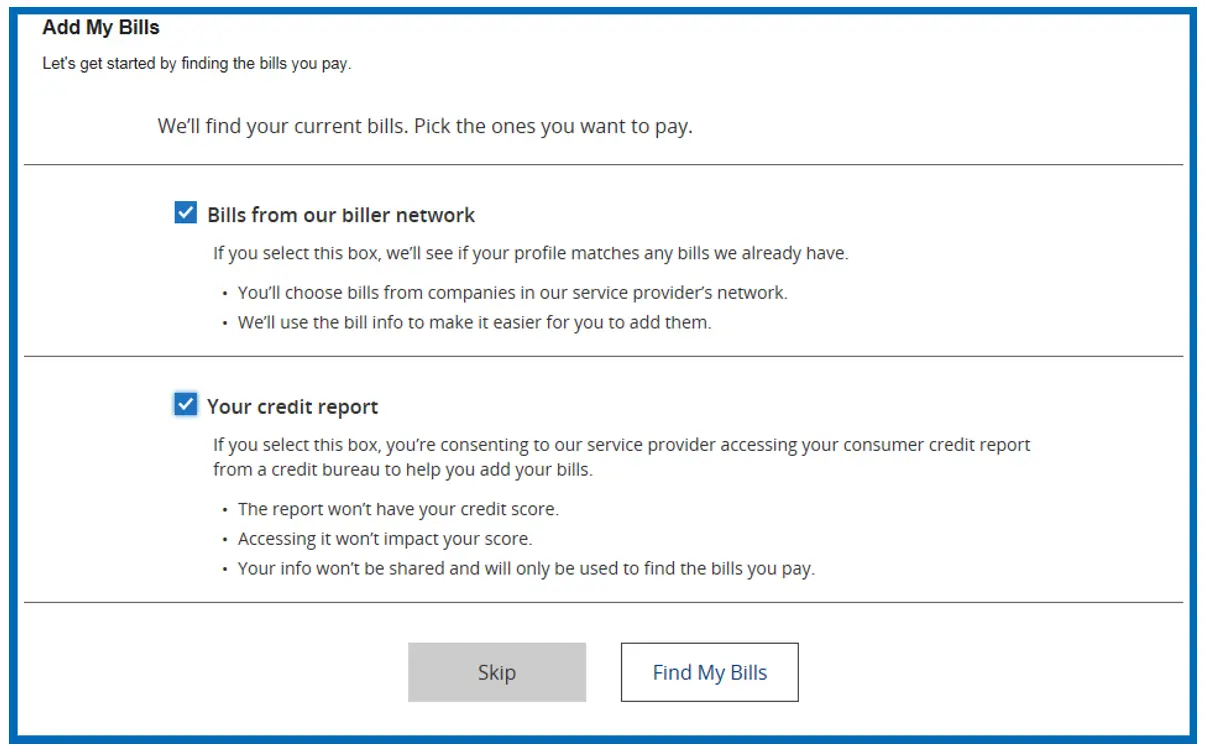
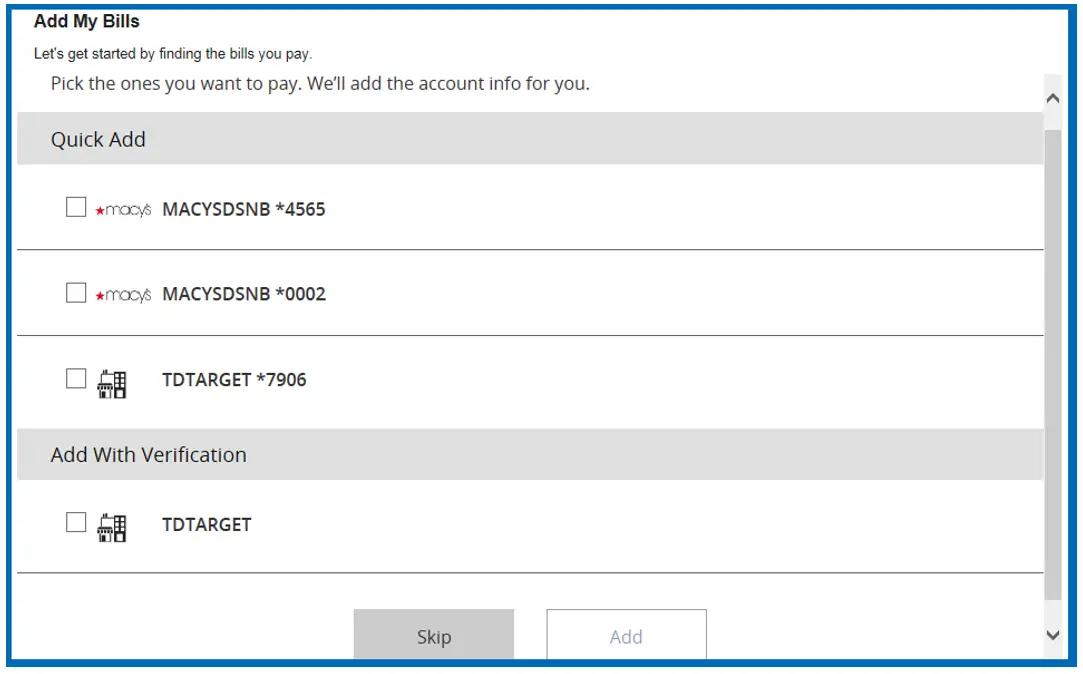
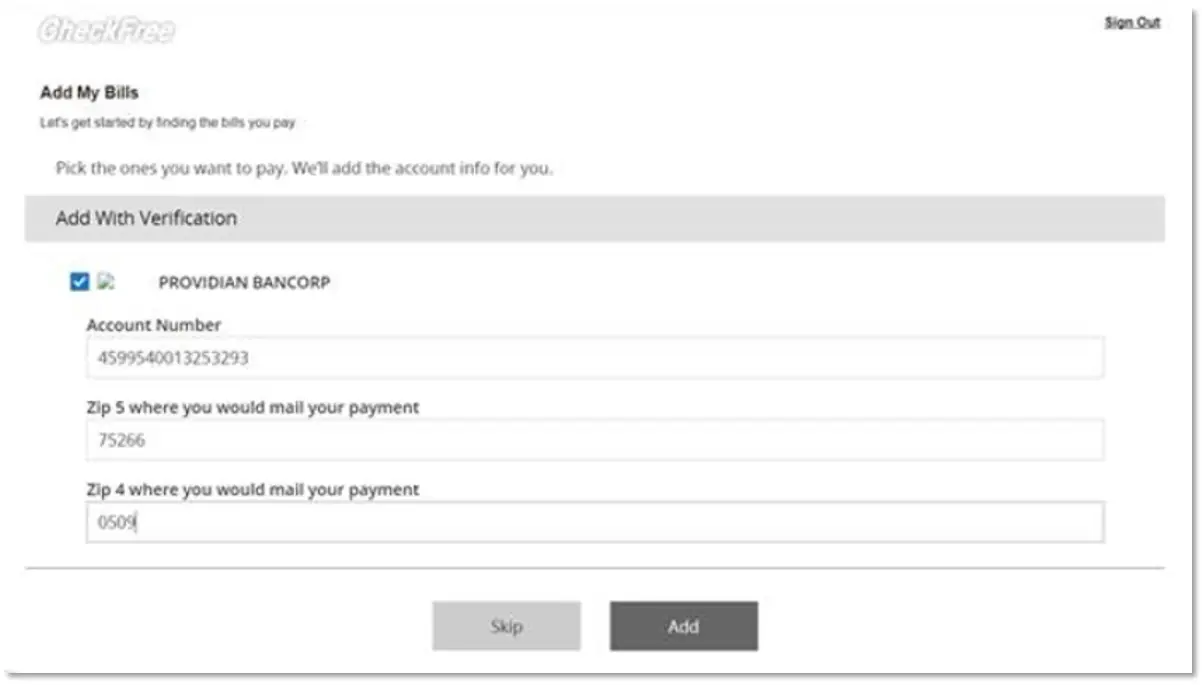
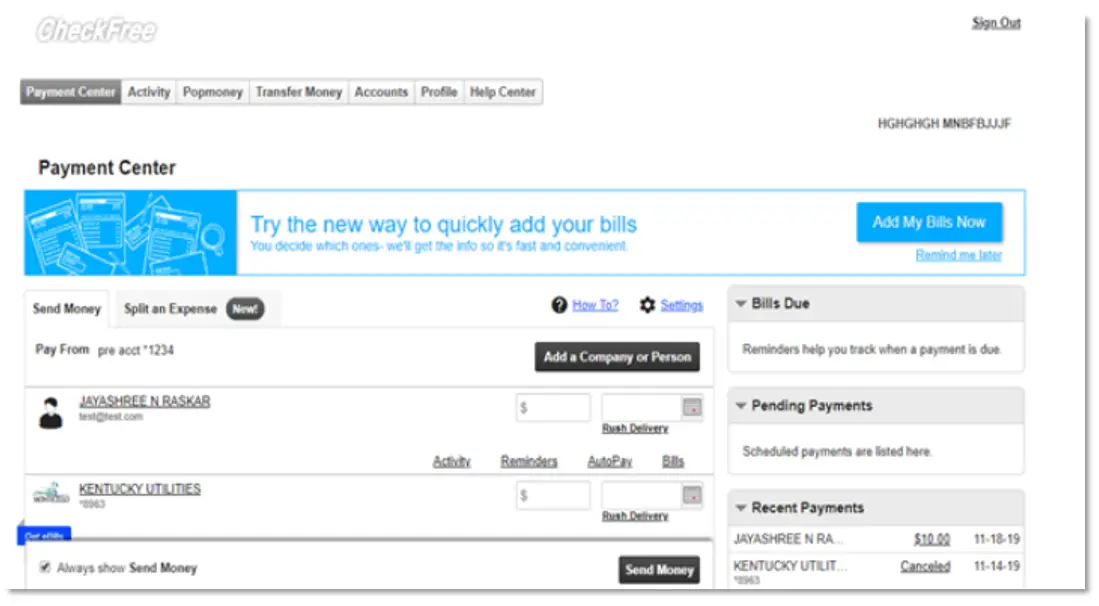
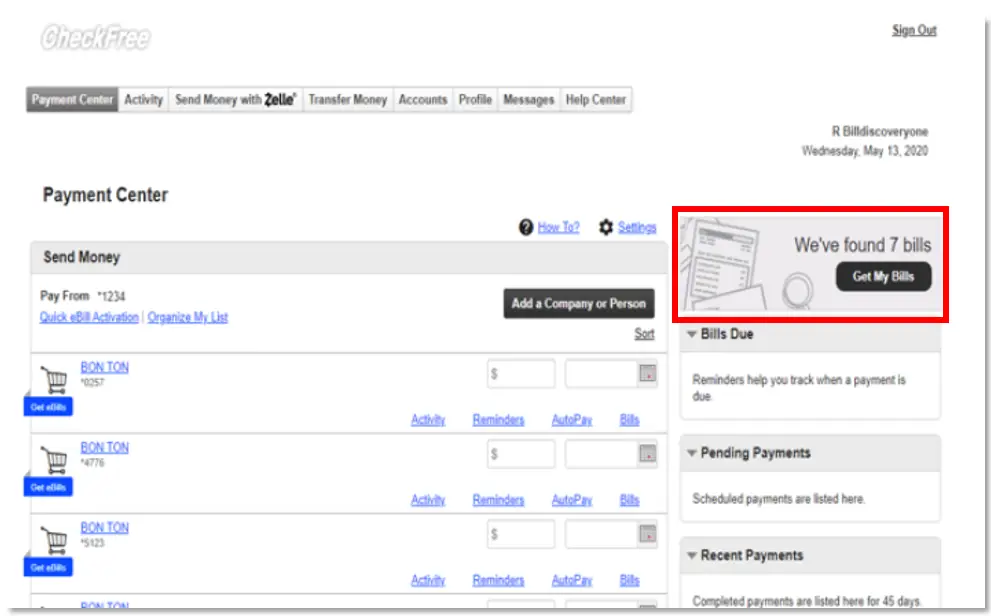
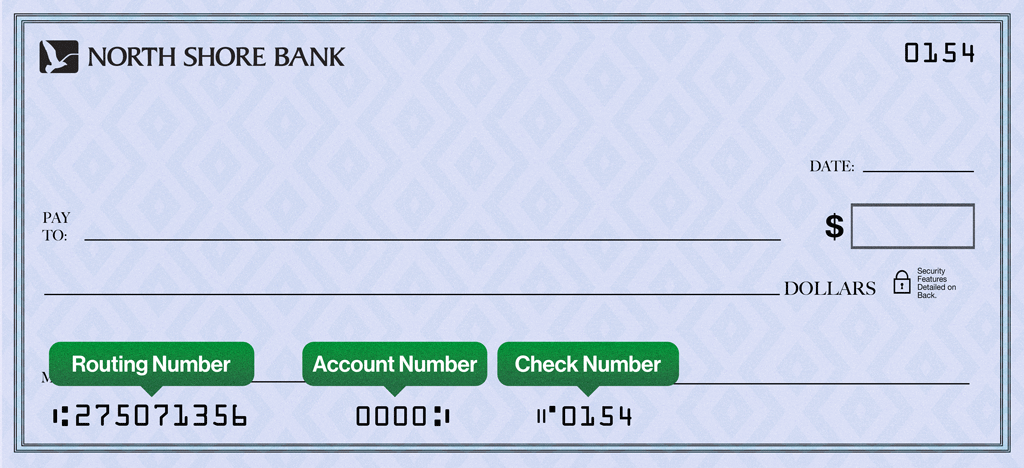 When opening an account online, your initial deposit must be done by transferring money from your current bank account or by debit or credit card.
When opening an account online, your initial deposit must be done by transferring money from your current bank account or by debit or credit card. Click on the three vertical dots alongside the blue “Pay” button
Click on the three vertical dots alongside the blue “Pay” button